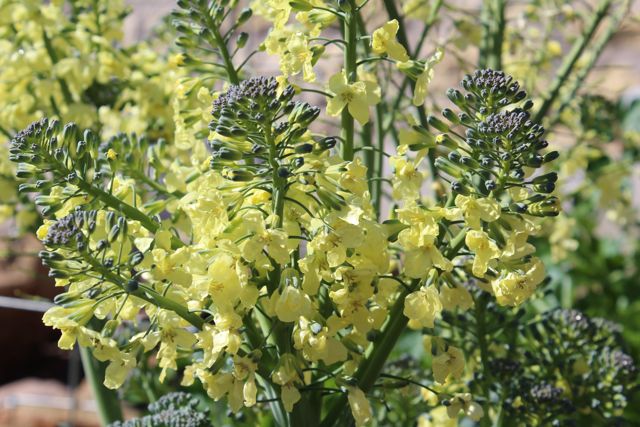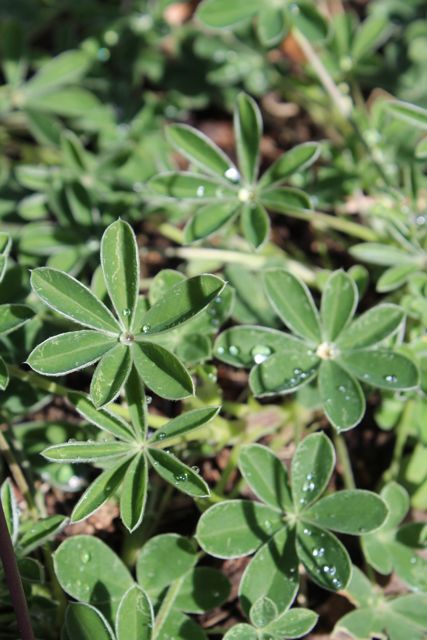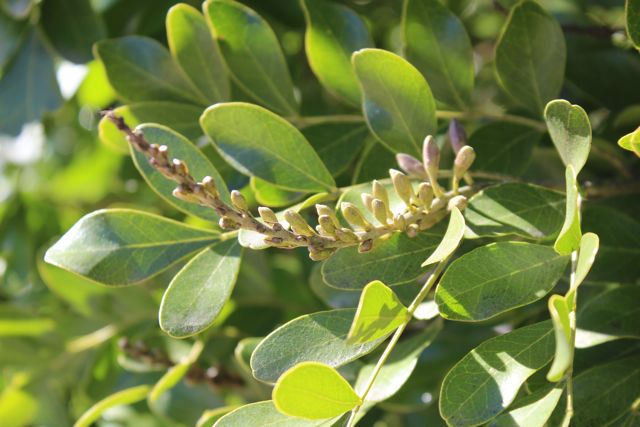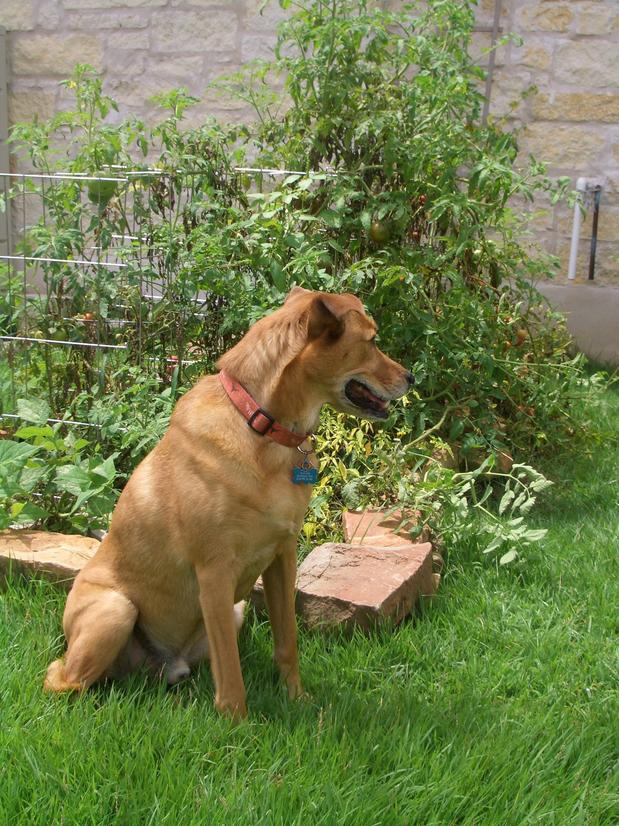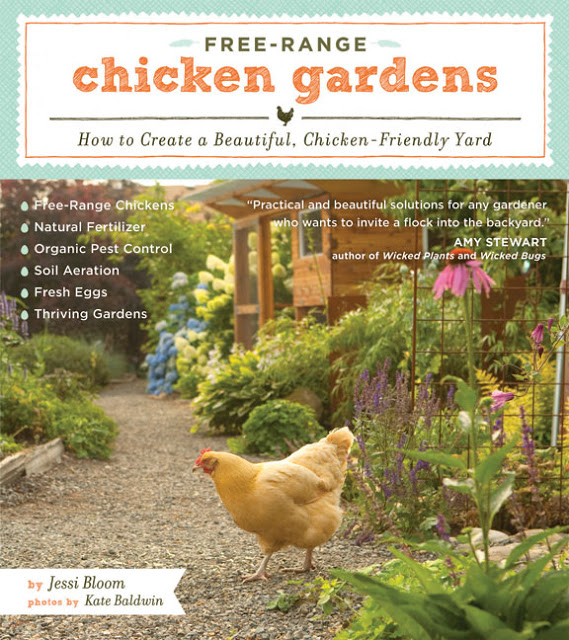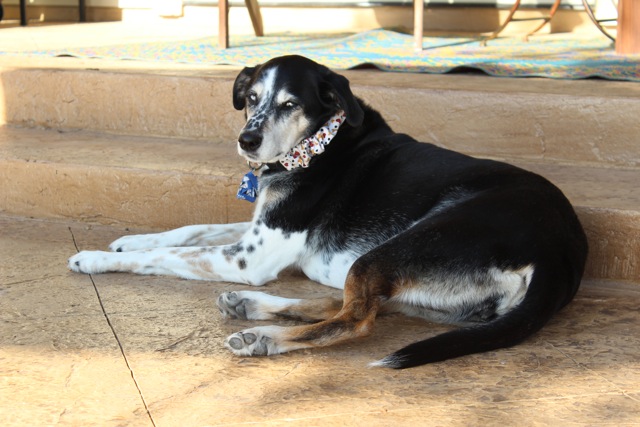Daffodils and spring bulbs in bloom…

Almost all of my daffodils are up and putting on a spring show of blooms. Only one late-blooming variety is waiting to open. This one is a Double Campernelle, or Narcissus odorus plenus. These are the ‘Yellow Fortune’ daffodils – I’ve lost quite a few of them in recent years – I suspect the drought has been hard on them.
These are the ‘Yellow Fortune’ daffodils – I’ve lost quite a few of them in recent years – I suspect the drought has been hard on them.
I cannot locate the label for these pretties right now – they are packed away in a massive garage clean-out before installation of cabinets next week (cabinets to hide away all my garden *stuff* that seemed to have taken over the garage). These are my first pale yellow daffodils and I must say I like them. They seem almost illuminated on a pretty day. I think this is Jonquilla ‘Simplex’.
I think this is Jonquilla ‘Simplex’. These are the lovely and always prolific “Tete a tete” — a shorter variety — about 8 inches tall and very dense.
These are the lovely and always prolific “Tete a tete” — a shorter variety — about 8 inches tall and very dense. My new Muscari ‘Dark Eyes’ are all coming up and filling in nicely, making a pretty, purple textured carpet against the grey of the winter mulch.
My new Muscari ‘Dark Eyes’ are all coming up and filling in nicely, making a pretty, purple textured carpet against the grey of the winter mulch.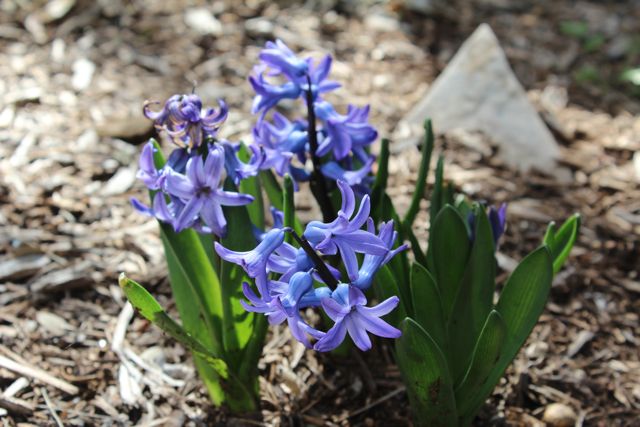 Pretty in purple are the hyacinths of unknown variety, courtesy of HEB’s indoor planter two years ago.
Pretty in purple are the hyacinths of unknown variety, courtesy of HEB’s indoor planter two years ago. This Hellebore is Helleborus x hybridus `Gold Finch’ with beautiful contrast. I just had to have this one since we have so many goldfinches in the wooded garden bed where this is planted.
This Hellebore is Helleborus x hybridus `Gold Finch’ with beautiful contrast. I just had to have this one since we have so many goldfinches in the wooded garden bed where this is planted. Another unlabeled Hellebore (also known as a Lenten Rose) — I just love those wispy markings in the center. They are hard to see and photograph, though, because of their growth habit and how they demurely keep their blooms bowed down. It also means I have to lie on the ground and hold up the foliage to try to get a photo.
Another unlabeled Hellebore (also known as a Lenten Rose) — I just love those wispy markings in the center. They are hard to see and photograph, though, because of their growth habit and how they demurely keep their blooms bowed down. It also means I have to lie on the ground and hold up the foliage to try to get a photo. This is muscari golden fragrance. They are a delicate yellow and have a wonderful scent.
This is muscari golden fragrance. They are a delicate yellow and have a wonderful scent.


